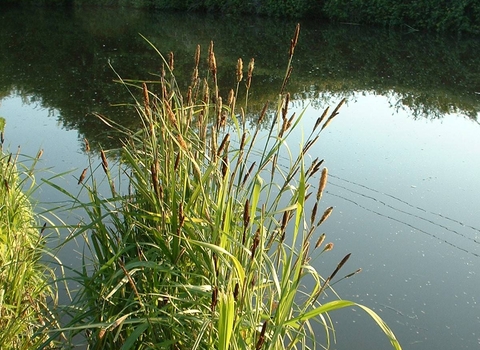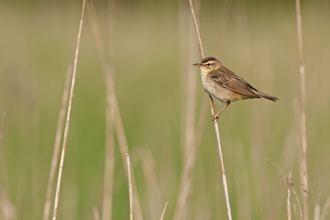
©Neil Wyatt
Greater pond sedge
A tussocky sedge, Greater pond sedge has stout, upright flower spikes, strap-like leaves and triangular stems. It prefers lowland wetland habitats on heavy soils.
Scientific name
Carex ripariaWhen to see
January to DecemberSpecies information
Category
Statistics
Height: up to 1.2mConservation status
Common.

